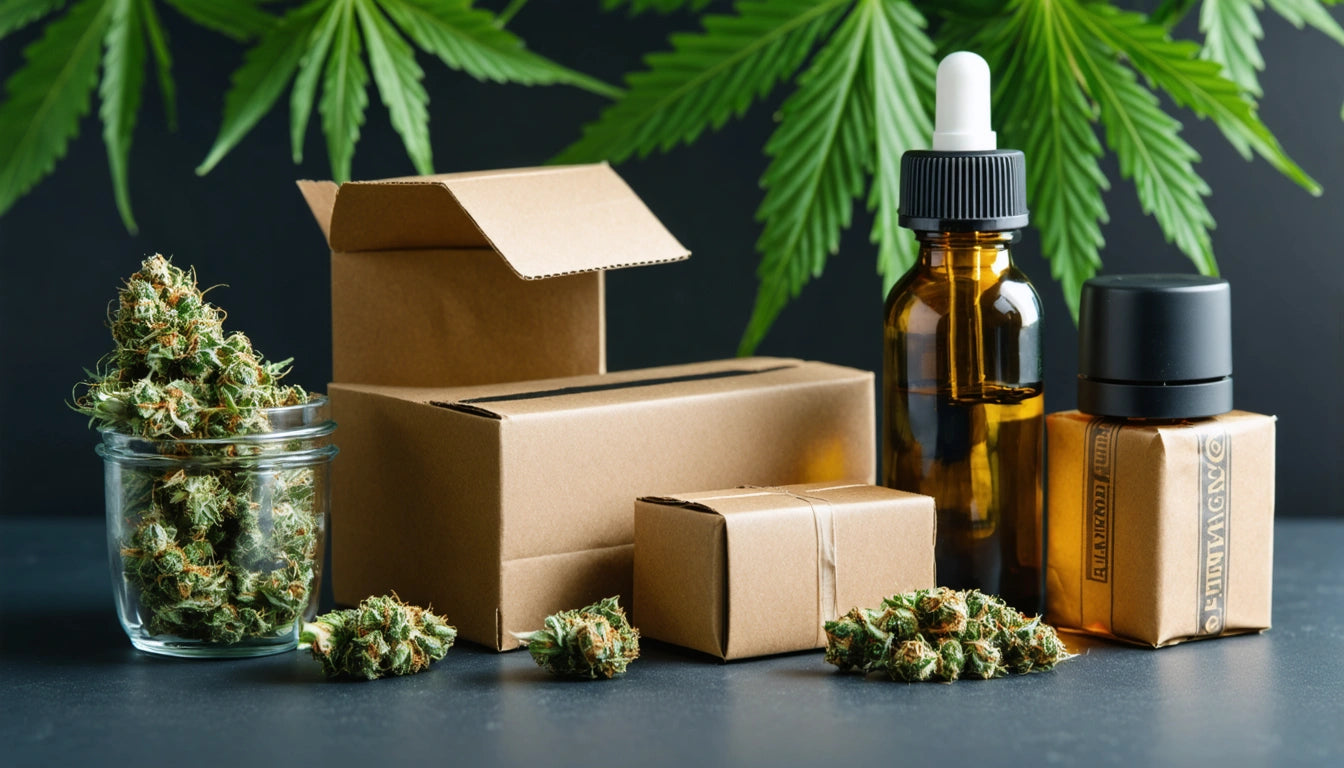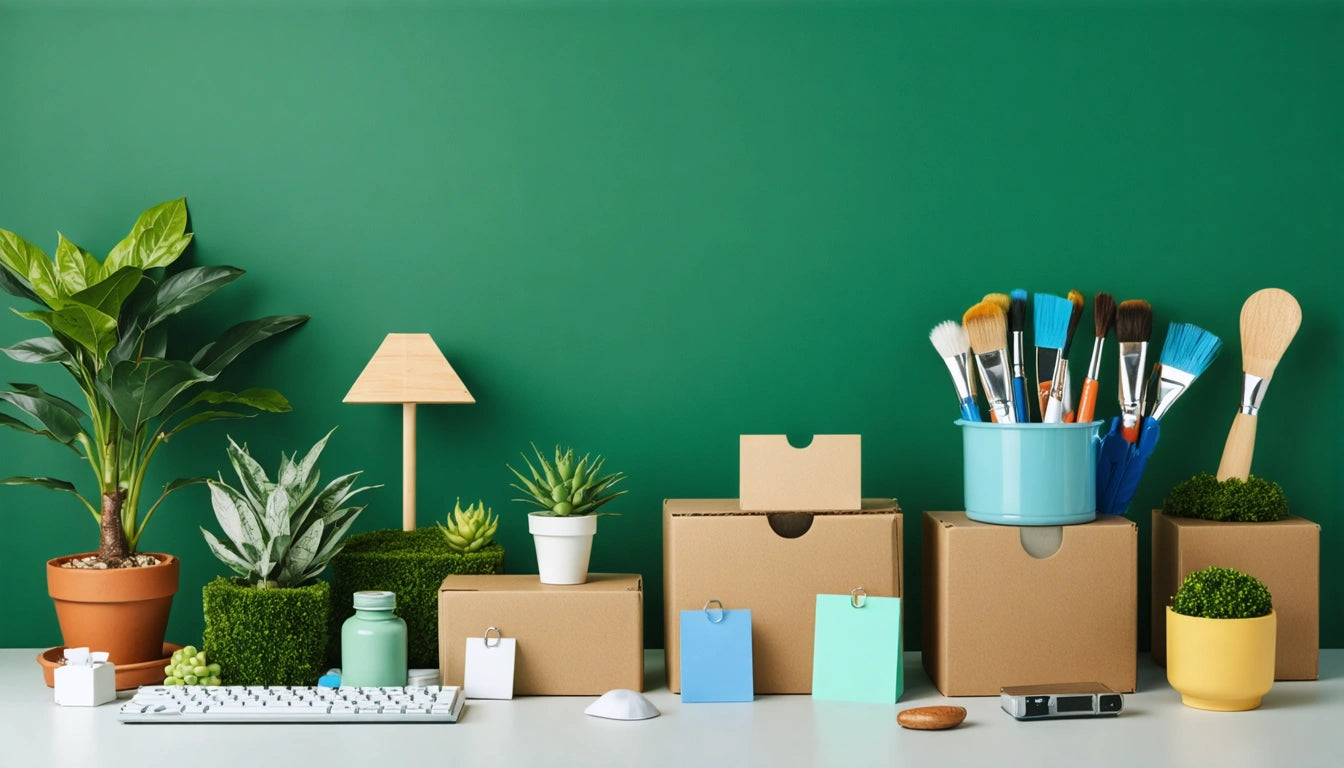Table of Contents
How to Make Rigid Boxes More Cost-Effective
Rigid boxes represent premium packaging that creates memorable unboxing experiences, but their costs can quickly erode profit margins. Finding the balance between luxury presentation and financial sustainability is crucial for cannabis brands seeking to maintain premium positioning while improving bottom-line performance.
Understanding Rigid Box Costs: Where Your Money Goes
Rigid boxes typically cost 2-5 times more than folding cartons of similar size. This price difference stems from several factors:
- Material costs (heavyweight paperboard at 800-1500gsm)
- Manual assembly requirements
- Storage and shipping inefficiencies
- Finishing processes (embossing, foil stamping, specialty coatings)
- Custom structural engineering
According to packaging efficiency audits, many brands overlook these cumulative costs when calculating their packaging ROI.
Material Optimization Strategies for Rigid Packaging
Paperboard Weight Reduction
One immediate cost-saving opportunity is reducing paperboard weight. Many brands default to the heaviest options (1200-1500gsm) when 800-1000gsm would provide sufficient durability for most cannabis products. This adjustment alone can reduce material costs by 15-25%.
Hybrid Construction Approaches
Consider hybrid constructions that combine rigid and folding components. For example, a rigid lid with a folding carton base can maintain the premium opening experience while reducing overall costs.
For brands using jar packaging systems, exploring alternative closure components like standardized child-resistant caps can reduce costs while maintaining compliance and product protection.
Design Modifications for Cost Efficiency
Size and Dimensional Optimization
Overpackaging is a common profit-draining issue in cannabis. Research shows that reducing package dimensions by just 10% can yield savings of 15-20% on material costs and improve shipping efficiency.
Simplifying Structural Design
Complex structures with multiple compartments, platform inserts, or specialty mechanisms increase both material and labor costs. Simplifying to essential components while maintaining the premium feel can dramatically improve cost-effectiveness.
Finishing and Decoration Alternatives
Full-coverage finishes like soft-touch lamination or complete foil stamping significantly increase costs. Consider targeted application of premium finishes only where they create maximum impact, such as logos or central design elements.
Production and Ordering Efficiencies
Optimizing Order Quantities
Rigid boxes have substantial setup costs. Ordering larger quantities can reduce per-unit costs by 30-50% compared to small runs. For seasonal or limited-edition products, consider a base design with interchangeable sleeves or labels rather than completely unique boxes.
Inventory Management Improvements
Storage costs for assembled rigid boxes are substantial due to their inability to ship flat. Implementing just-in-time inventory practices can reduce warehousing expenses and prevent cash flow constraints.
Cost-Saving Alternatives to Consider
When rigid boxes are essential for your brand positioning, focus on optimizing their use rather than eliminating them entirely:
- Reserve rigid boxes for premium product lines while using folding cartons for standard offerings
- Create a tiered packaging approach that correlates with product pricing
- Develop a rigid outer box that houses replaceable inner packaging for refill purchases
- Consider magnetic closure boxes that offer a premium feel with less material
Studies indicate that excessive packaging can actually diminish perceived value when it creates environmental concerns for consumers.
Implementing a Cost-Effective Packaging Strategy
The most successful approach to rigid box cost optimization combines multiple strategies:
- Conduct a comprehensive packaging audit to identify specific cost drivers
- Prototype alternative designs with reduced materials and simplified construction
- Test consumer response to ensure premium perception remains intact
- Implement changes gradually, starting with highest-volume products
- Track savings and reinvest in strategic brand-building initiatives
By taking a systematic approach to rigid box optimization, cannabis brands can maintain their premium market positioning while significantly improving margins. The key is viewing packaging as a strategic business asset rather than a fixed cost, continuously balancing brand experience with financial performance.











Leave a comment
All comments are moderated before being published.
This site is protected by hCaptcha and the hCaptcha Privacy Policy and Terms of Service apply.